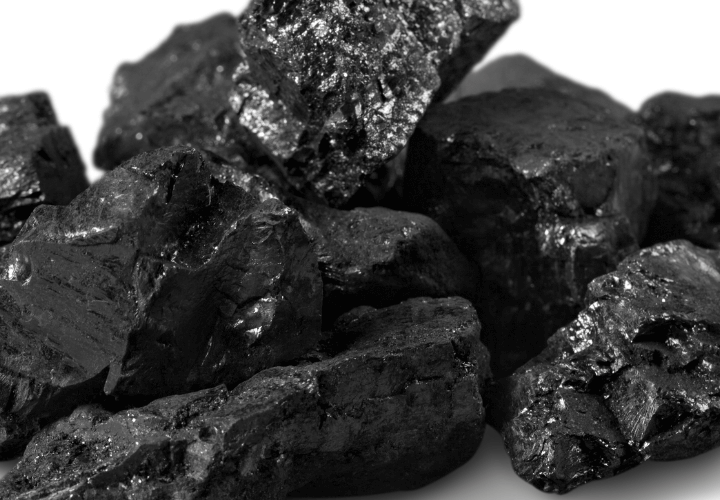In the face of escalating climate change concerns, carbon capture technologies have emerged as crucial players in the global effort to mitigate greenhouse gas emissions. As industries strive to achieve sustainability goals, a variety of innovative approaches and technologies are being developed to capture and store carbon dioxide (CO2) before it enters the atmosphere. In this blog post, we’ll explore the current landscape of carbon capture technologies, shedding light on recent advancements and their potential impact on the fight against climate change.
- Post-Combustion Capture
Post-combustion capture is one of the most widely recognized carbon capture methods, especially in the context of existing power plants. This technology involves capturing CO2 emissions after the combustion process, typically using solvents or other absorption agents. Once captured, the CO2 is separated from the agent, allowing for storage or utilization. Researchers are actively working to enhance the efficiency of post-combustion capture methods and reduce associated costs to make this technology more accessible on a larger scale.
- Pre-Combustion Capture
Pre-combustion capture is another avenue for carbon capture, particularly in the realm of fossil fuel-based power generation. In this method, carbon is captured before the combustion process occurs. Gasification of fossil fuels is a common technique, converting them into a mixture of hydrogen and carbon monoxide. The CO2 is then separated from the hydrogen, with the latter being used as a low-carbon fuel. While pre-combustion capture has shown promise, challenges such as high upfront costs and the need for extensive infrastructure modifications remain to be addressed.
- Oxy-Fuel Combustion
Oxy-fuel combustion involves burning fossil fuels in an oxygen-rich environment, resulting in a flue gas predominantly composed of CO2 and water vapor. The water vapor is condensed, leaving a stream of nearly pure CO2 that can be captured and stored. This method has gained attention for its potential applicability to both new and existing power plants. However, the high energy requirements for oxygen production and the need for effective CO2 compression technologies present hurdles to widespread adoption.
- Direct Air Capture (DAC)
Direct Air Capture is a groundbreaking technology that captures CO2 directly from the ambient air. Utilizing chemical processes, DAC systems can remove CO2 at any location, making them versatile in their application. These systems are particularly valuable in industries where direct emission reduction is challenging. However, the energy-intensive nature of DAC processes and the associated high costs are obstacles that researchers are diligently working to overcome.
- Enhanced Weathering
Enhanced weathering is an innovative approach that leverages natural geological processes to capture and store carbon. It involves exposing certain minerals to CO2, facilitating a chemical reaction that converts the gas into stable carbonate minerals. This not only removes CO2 from the atmosphere but also contributes to soil fertility. While still in the experimental phase, enhanced weathering holds promise for large-scale carbon capture, especially in regions with suitable geological conditions.
As the global community intensifies efforts to combat climate change, carbon capture technologies are assuming a pivotal role in the transition to a low-carbon future. From traditional post-combustion methods to cutting-edge direct air capture and enhanced weathering, the landscape of carbon capture is diverse and dynamic. While challenges such as cost, energy consumption, and infrastructure modifications persist, ongoing research and development efforts continue to push the boundaries of what is possible.
The journey towards sustainable carbon capture technologies is a collaborative endeavor involving scientists, engineers, policymakers, and industry leaders. As advancements continue to unfold, the dream of achieving significant reductions in greenhouse gas emissions and fostering a more sustainable future becomes increasingly tangible.
